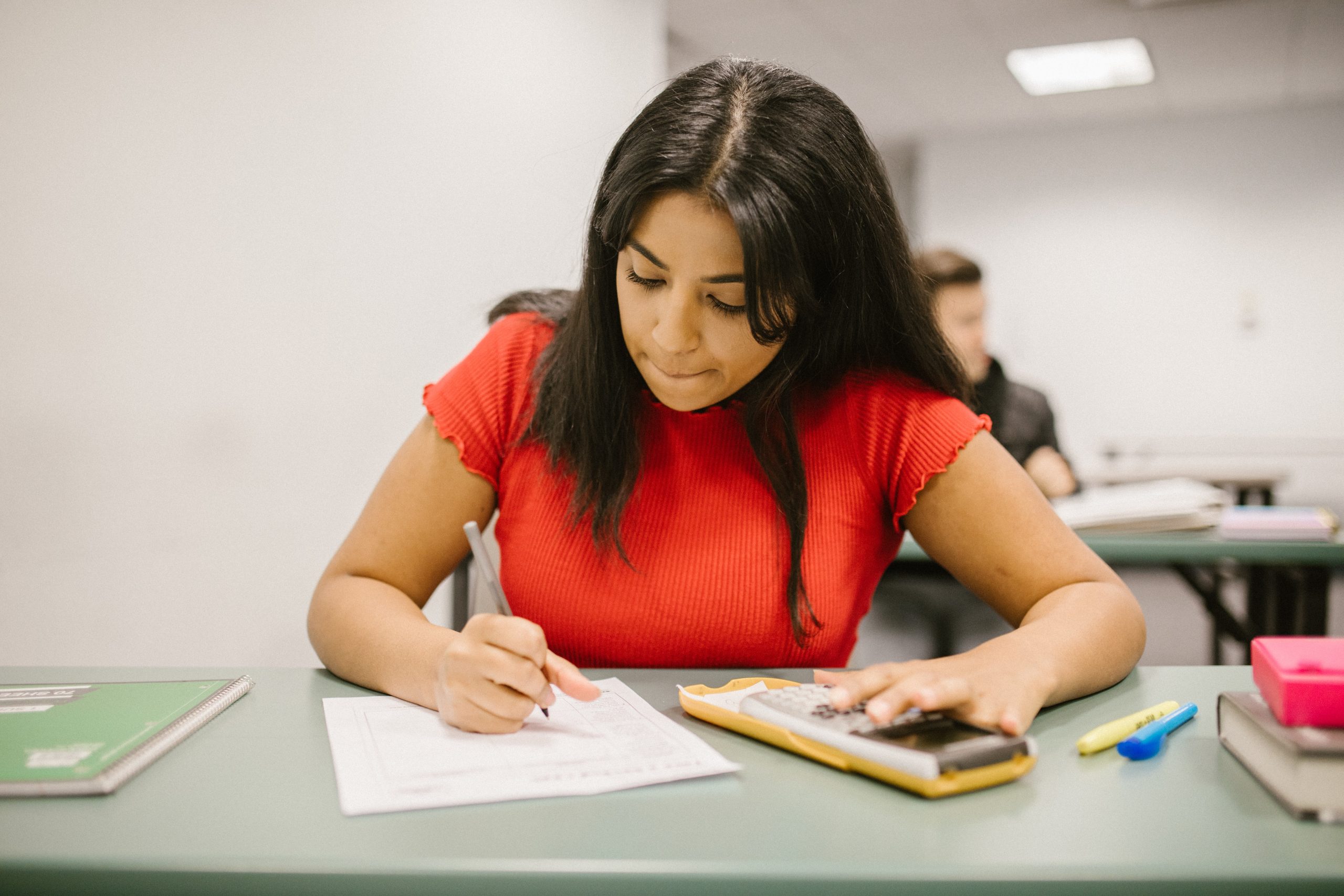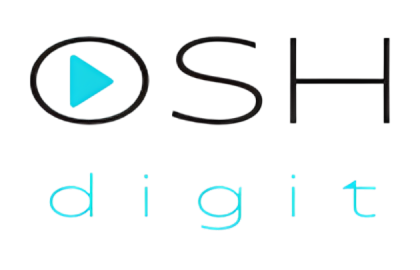Your cart is currently empty!
19. Peer Assessment
Involving students in evaluation can be beneficial for the learning process. Falchikov (1995) defines peer assessment as an evaluative process through which teams of individuals rate their peers/mates. This assessment practice uses rating instruments or checklists designated to fill teams’ particular needs (Dochy et al., 1999).
However, students and teachers still feel insecure about this type of assessment, preferring the traditional summative evaluation. Still, Dochy et al. (1999) cited by Fernandes et al. (2012), defend this evaluation process, affirming that it develops more competencies in students.
Apart from the students’ and teachers’ perspectives and resistance, peer assessment benefits all parties. It is verified a consistent behaviour related to student self-assessment that coincides with the teachers’ perception; that is, professors generally attribute a grade to a student, being that grade is within their expectations. Hence, this model foments a solid self-assessment for peer evaluation (Romá et al., 2022).
Besides the evaluation of teams, teachers also evaluate the students in their course units.
The objective of this kind of evaluation is to collect evaluative data through multiple methods in different phases of the process that provides monitoring and assessment of all individuals’ learning process. Ultimately, it mainly ensures that the assessment is focused on the final product but also the journey of the learning process. This is obtained over the outcomes/capacities acquired and observed during the learning process (teamwork development and in their project management), involved these students regularly in meets with their tutor that also have the opportunity to monitor, give feedback and assess this development as a team and individually to improving competences and the learning process of each one.
Related to the individual identity of students, they have an active role in this process; they participate in project assessment (product) and the team members’ assessment (process). The evaluation of the project is designated by reviewing the oral presentations and the mid-term project reports and developing feedback on each other members’ team improvement of work. This activity intends to compare all individuals to their related teammates to increase knowledge, learning, and individual progress.
Assessment of students’ technical competencies, or Product Assessment, is provided by their written reports, oral presentations, prototypes and written test. All these milestones can be transformed in a summative approach that results in a team classification. But this evaluation format can be defined and changed by the teachers involved. In this case, it demonstrated where the team grad had an individual correction factor that depended on a written test at the end of the project and involved peer assessment.
Peer Assessment methods are described by Baker (2008). That can be divided into two forms: rating and distribution.
The Rating Scales Method is used to observe and assess various behaviours and can be based on a Likert scale from 1-10 with usually six criteria four times throughout the semester. The teachers can discuss a scale that students agree with for each assessment dimension; each student assigns a scale value to teammates. If there is the intention of self-assessment, each student must attribute a deal for themselves.
The weight factor is equivalent to each peer’s (total rate) ratio divided by the average rate.
The median of ratings is recommended by (Baker, 2008; Topping, 2003, 2009) cited by (Nagai et al., 2019) instead of the average of peer’s ratings. The weight factor is usually established by the teachers and is related to the team project’s final grade. This relationship can be absolute or relative to the teacher’s course. If a threshold is set, the weight factor can be used for motivating and observing behaviours related to specific elements about their teammates. The point can be defined as up or down in 10-20 per cent of the weight factor.
The Distribution Method is similar to the rating method, but the relative values aim to compare the performance instead of assigning an absolute scale. This method uses a proportional number of points based on the number of teammates. It consists of the number of teammates multiplied by 10, but teachers can establish other values like 100, for example. Each peer should distribute all points between teammates, but the sum should never be higher than the total points. The calculation of the Distribution method is similar to the Rating method (Nagai et al., 2019).
The following table shows the distribution of the evaluation moments:

In short, PBL presents a synergy between Self-Assessment (SA) and Team Assessment (TA), resulting in Peer Assessment that consists of individual consideration of amount, level, value, worth and quality, or is it associated with success associated with outcomes and products obtain in peer learning or similar status (Topping, 1998 cited by Gielen et al., 2011). Nevertheless, different publications agree that the terminology (peer assessment) is the same but can regard other working methods, making this design multifaced (Gielen et al., 2011).
The following documents serve as a model for performing the peer review:
The Peer Review Support Guide is a more explanatory document and allows, together with the Excel sheets, to understand and properly execute the application of the peer assessment.
-
10. Index

Students Construction of the coordination team of the project The role of the Tutor Description of the Project Presupposition Skills Development Timing Organization Evaluation Peer Assessment Self-reflection to collect student´s feedback about evaluation Resources Bibliography
-
11. Introduction

The OSHDigit project is an innovative and contemporaneous vision of the learning process and because of that the main objective is the introduction of new methodologies of teaching/learning. This learning concept fits into the teaching-learning model of active or cooperative learning (Lima et al., 2007). With the objective is developing new and refreshing methods of…
-
12. Students

This project includes Occupational Safety and Health students who want to acquire knowledge of the different programmatic contents. It is essential to connect with the team to accompany all development systematically. Having a remote connection and physical availability is imperative because some of the activities can also stimulate the interaction between digital and real realities.…
-
13. Project coordination team

The coordination team is composed of the teachers of the curricular units involved in this project, and that can give support to its development. That involves the tutors related to the different teams, the course director, and sometimes researchers from the educational area. The professors’ essential contribution is giving technical support to achieve the competencies…
-
14. The role of the Tutor

The role played by the tutor is very determinant in the performance of the team because the tutor is responsible for the stimulation of interest and for more detailed and profound research carried out during the learning process. The tutor verifies the capacities development defined by the Project Guide and the presentation of the final…
-
15. Description of the Project

The project developed in this scope does not have a singular answer. The requisite is to be challenging and constructive for the teams involved, and for all individuals. The students need to develop and demonstrate the skills obtained through the different curricular units athwart the project. Topic Usually, the topic is suggested by the university…
-
16. Presupposition Skills Development

The skills that should be developed by the students through the development of this project are illustrated in the following image: Essentially, it is intended that students can acquire knowledge from the different areas involved but furthermore that they can establish a relationship between the concepts and the subjects of all the curricular units. Cross…
-
17. Timing Organization

Organization of the first/second week- pilot project Time organisation becomes crucial to achieve the targets and positively evaluating the control points (see control points below). As such, an initial organization of the project must be presented in the beginning, which will work as a guideline that can be applied in the primordial phase (1st week)…
-
18. Evaluation

The final punctuation/score of the student is dependent on the methodology adopted by the different disciplines involved. This can depend on multiple and distributed moments of evaluation like tests, team papers, class participation, etc. This should be designed by the teachers and communicated to the students during the initial moments of each curricular unit. The…
-
19. Peer Assessment

Involving students in evaluation can be beneficial for the learning process. Falchikov (1995) defines peer assessment as an evaluative process through which teams of individuals rate their peers/mates. This assessment practice uses rating instruments or checklists designated to fill teams’ particular needs (Dochy et al., 1999). However, students and teachers still feel insecure about this…
